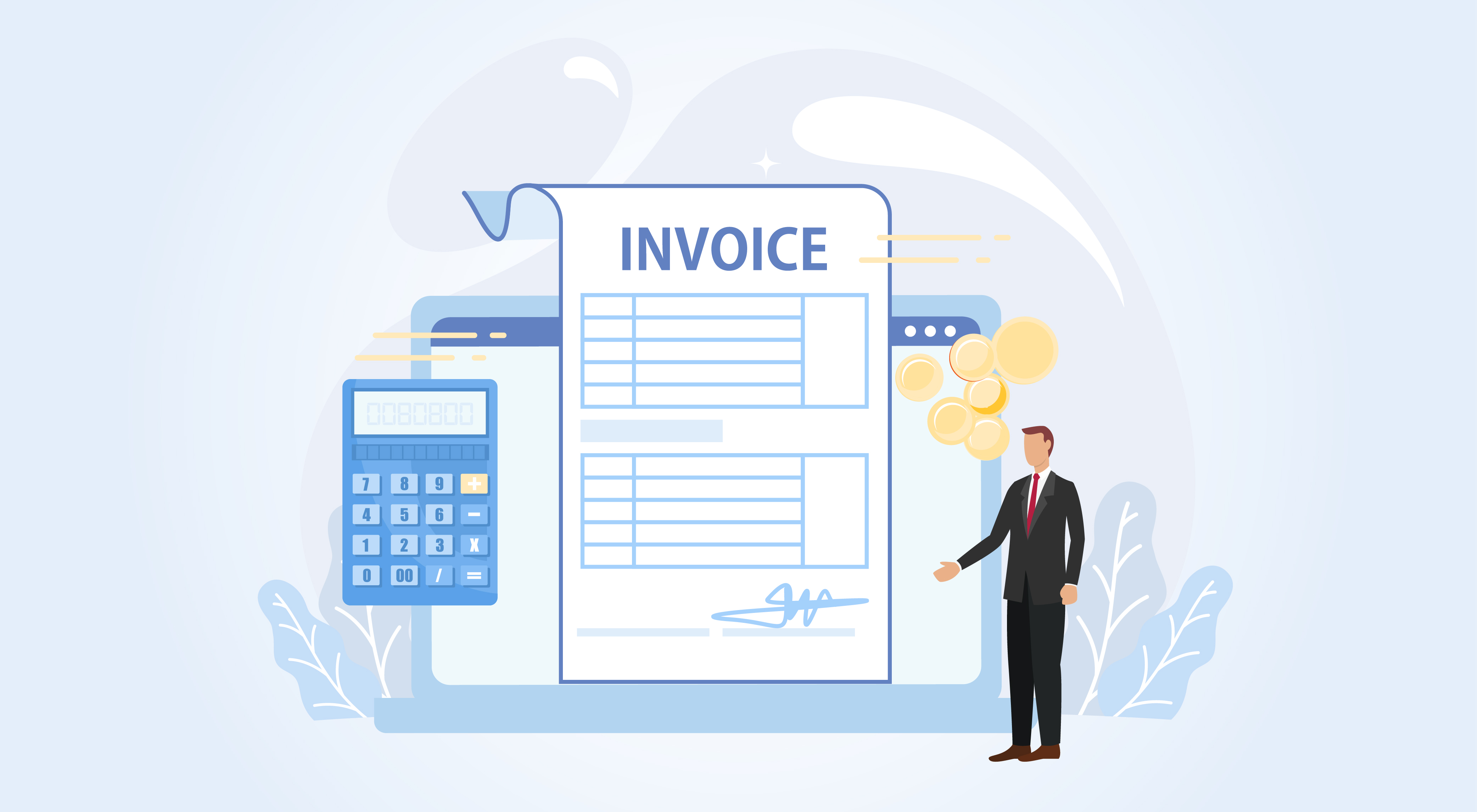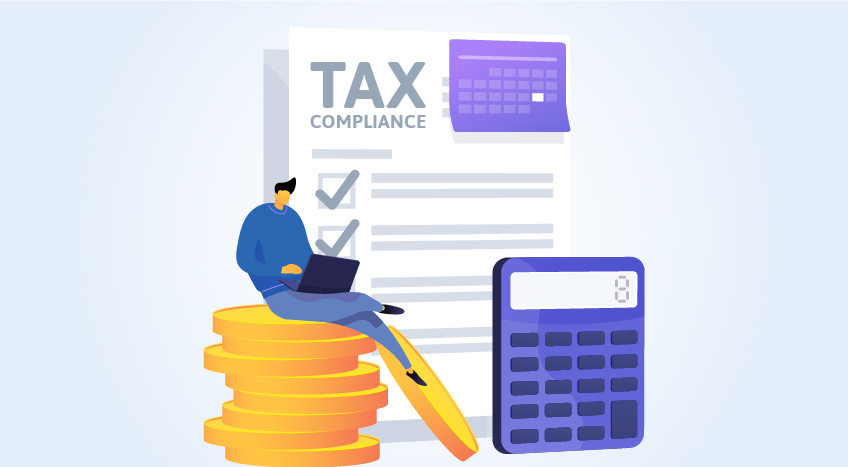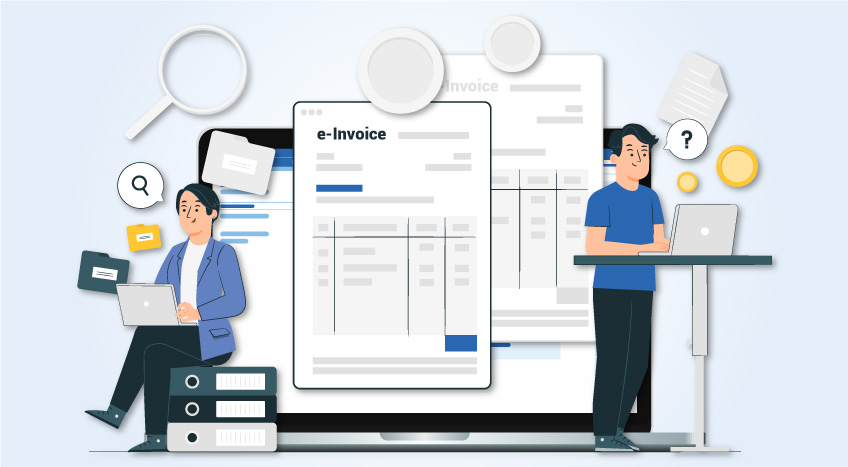A game-changer into the world of invoicing to ensure a unified process for validating and auditing invoices is implemented in Saudi Arabia from 4th December,202. The e-invoice (Fatoora) system with a standardised protocol, powered by information technology, will enable data interoperability between the government’s system and taxpayers.
| e-Invoicing (Fatoora) in Saudi Arabia | How Phase-1 of e-Invoicing System Work |
To allow businesses to get used to the new system of e-invoice, e-invoicing in Saudi was implemented in two phases: The generation phase and the integration phase. The first phase started on 4th December,2021.
ZATCA is implementing the 2nd phase, also known as the integration phase of e-invoicing, starting from January 1, 2023, enforced in waves by targeted taxpayer groups. The first wave is applicable to businesses with revenue exceeding 3 billion from 1st January,2023. The second phase will apply to businesses with revenue exceeding 500 million in FY 2021 from 1st July,2023.
Implementation phases of e-invoicing in Saudi
Generation Phase of e-invoicing
In the first phase, i.e., the generation phase of e-invoicing, businesses are required to generate and store compliant electronic tax invoices and notes using compliant e-invoicing systems
Integration Phase
In the second phase, the e-invoicing software or systems used by businesses will be integrated with ZATCA. The taxpayers will be notified by ZATCA at least 6 months before the date of integration.
Date of implementation
The following are the implementation date of e-invoicing in Saudi Arabia
|
Phase-1 (Generation Phase) |
4th December,2021 |
|
Phase -2 (Integration Phase) |
1st January,2023 |
Integration phase implementation date
|
Businesses with revenue exceeding SAR 3 Billion |
1st January,2023 |
|
Businesses with revenue exceeding SAR 500 Million |
1st July,2023 |
Requirements of generation phase of e-invoicing
In the generation phase of e-invoicing in Saudi, the businesses need to adhere to the following requirements mandatorily:
- Add QR code on invoices as applicable:
- Simplified invoice: Mandatory to add QR code on simplified invoices
- Tax invoice: Optional to mention QR code on tax invoices
- Use compliant e-invoicing solutions or software that comply with the requirements and specifications of e-invoicing laws and regulations
- Should generate e-invoice with all mandatory invoice components as specified in VAT and e-invoice laws and regulations
- Ability to archive the invoices in PDF or XML
- Ability to timestamp the e-invoice copies archived in the solution
- The e-invoice software solution used should prohibit the following functions
- Uncontrolled access
- Software time change
- Tampering of e-invoices or logs
- Multiple invoice sequence
To know more about the integration phase, read 'Key Requirements Of Phase 2 of e-Invoicing'
Manual invoices under generation phase of e-invoicing
The e-invoicing guidelines clarify that a paper invoice converted into an electronic format through copying, scanning, or other methods is not an electronic invoice. This will put an end to the manual way of issuing invoices. It also includes handwritten invoices and invoices written using text editing tools.
Explore more Products









